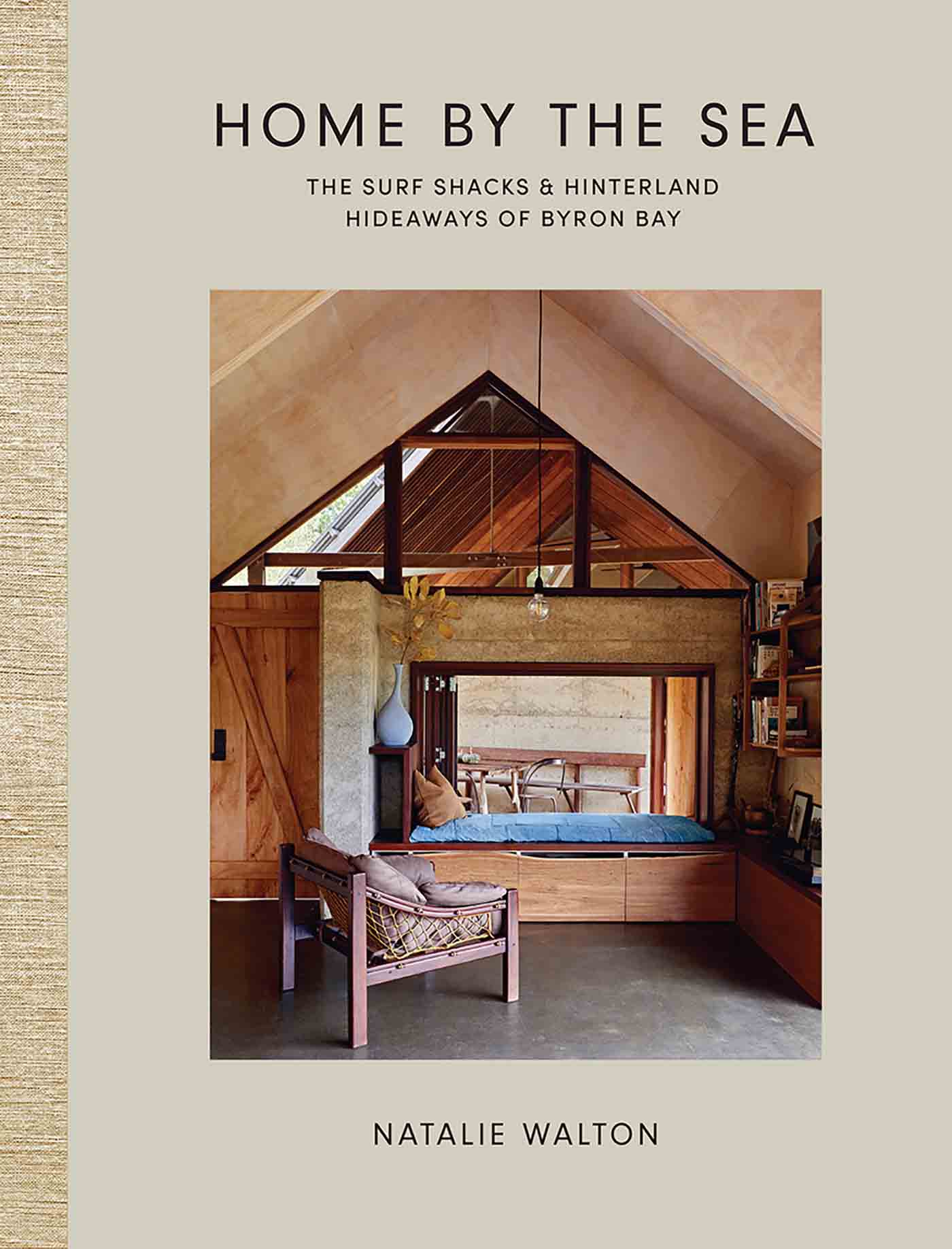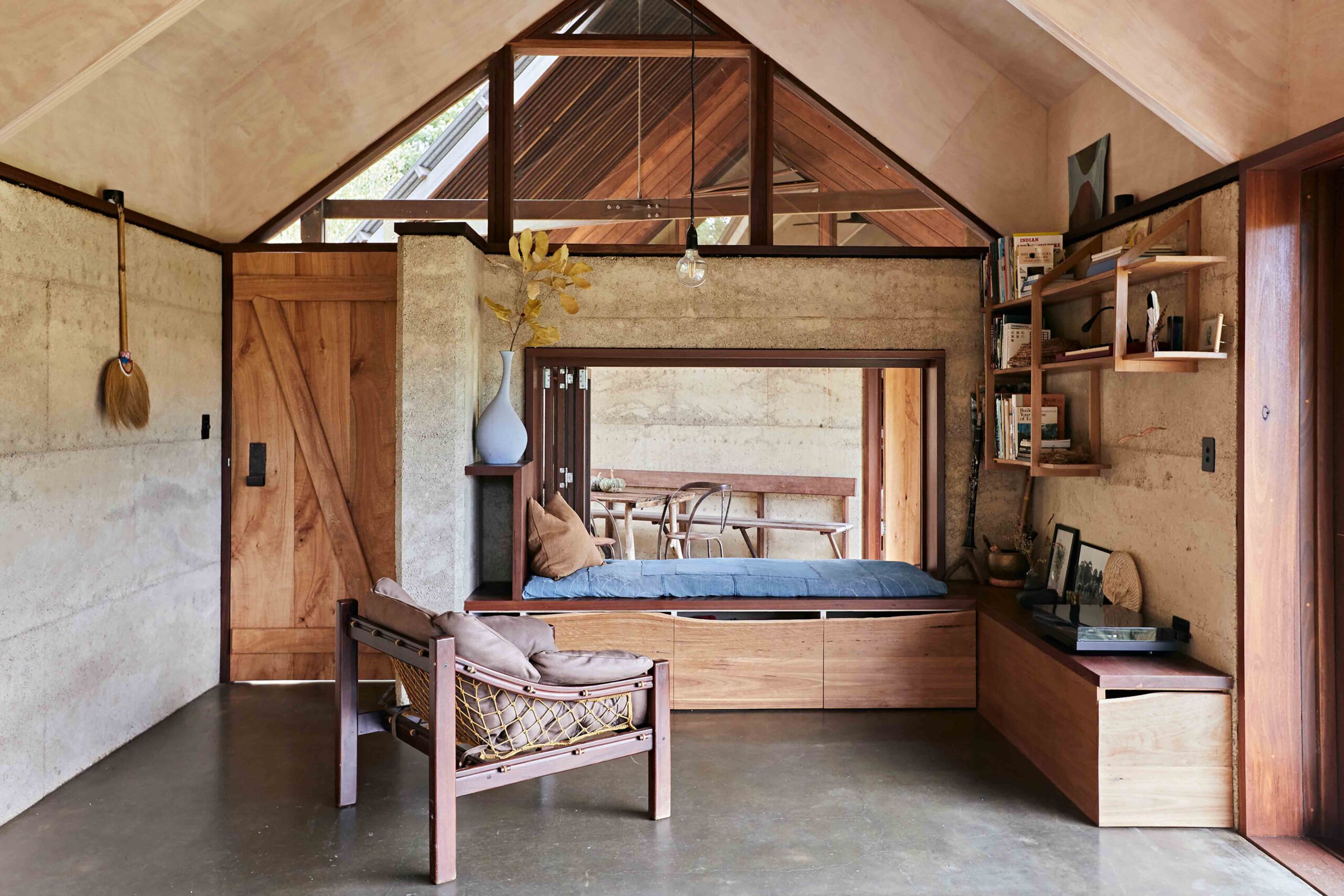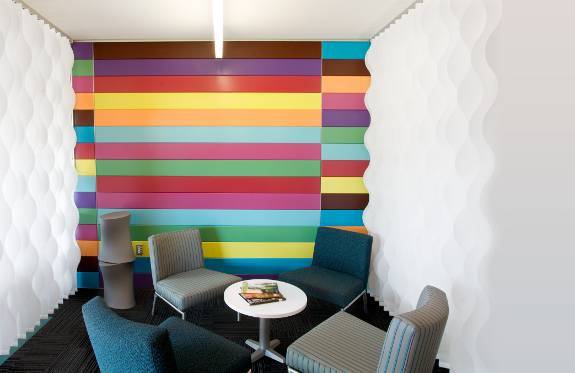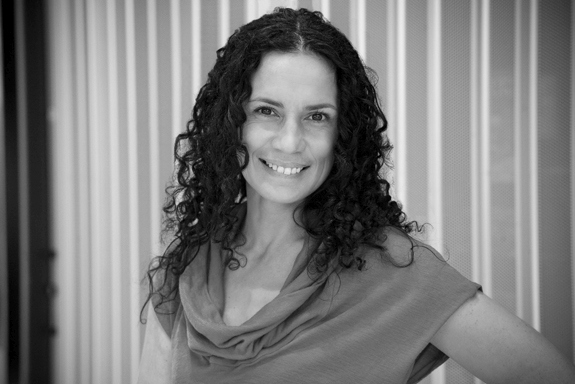Words Natalie Walton. Photography Amelia Fullarton
There is a strong spirit of working creatively to make a life in the Byron region possible. Adult children build on their parents’ land, and friends work collaboratively to keep alive the dream of being able to live here. And so it was for Zana Wright, an architectural designer, and her partner, Sam Jolly, a carpenter, who live on Zana’s parents’ property in Skinners Shoot with their two-year-old daughter, Lumi.
After growing up in the New England area of northern New South Wales, studying in Sydney, Berlin and Aarhus in Denmark, and coming and going for work, Zana settled in the Byron area in 2015. “My decision was mostly based around having family here at a time when I was in a transition, but also the wide range of amazing surf breaks, and the community of open-minded folk,” she says. “As I grew up on an isolated farm in the mountains, the city never felt like my natural habitat. Living in the bush again allows my body and soul to feel at ease.”
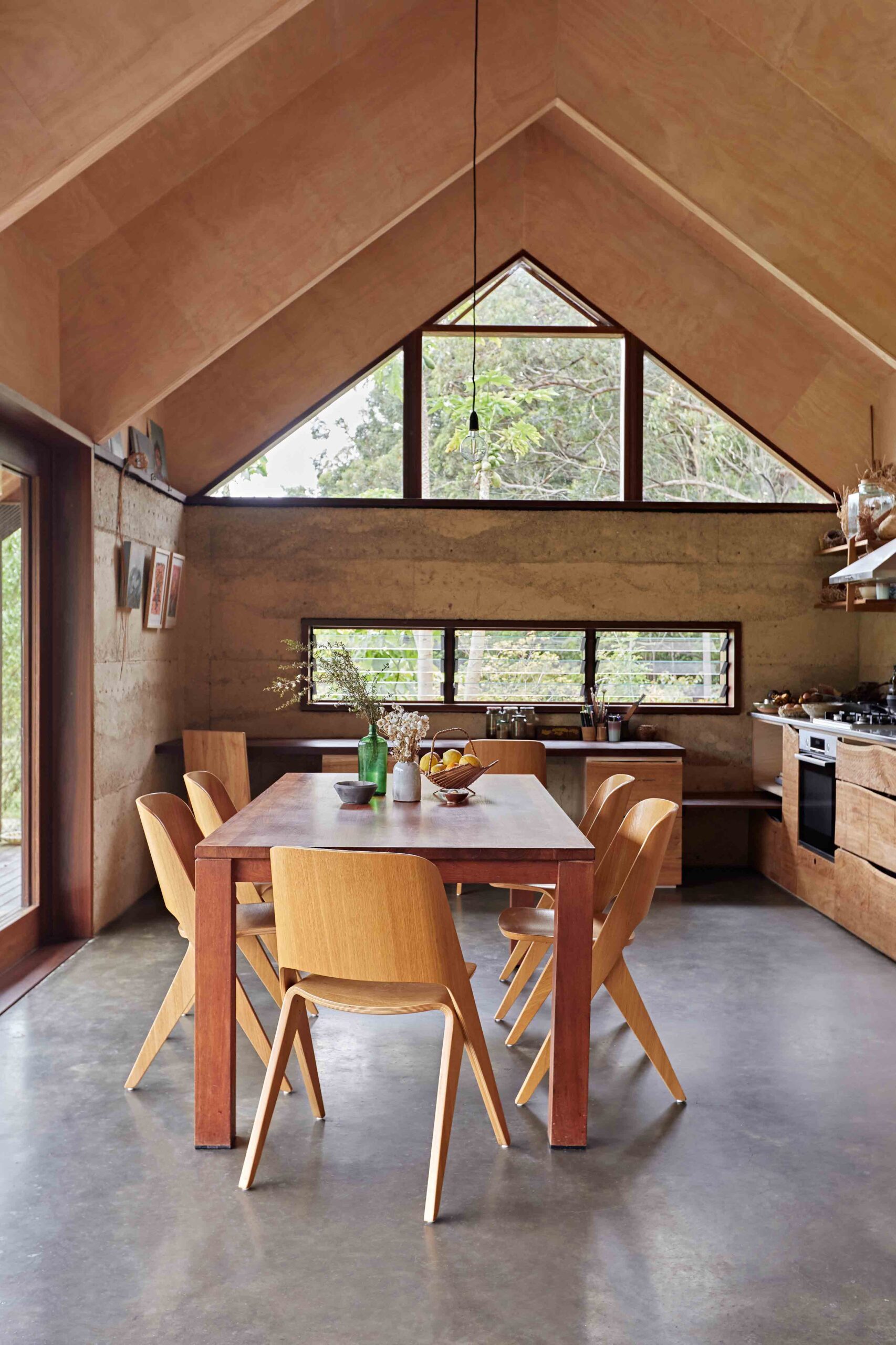
Since arriving in Byron, she has moved around her parents’ land, gradually upgrading from a tipi in their garden to a converted cow shed and now the house where she lives with Sam and Lumi. Creating this home helped reignite her passion for residential architecture.
“This place became a manifesto of sorts, and has gone on to generate most of my future work.” It’s a house that she designed with her friend and previous collaborator Alice Nivison and was built mostly by the hands of friends and family, including her father and Sam, as well as Balanced Earth builders.
The aesthetic of Quandong Cottage was designed around the materials available on site and in the surrounding region. All the timber was grown in north-eastern New South Wales. The earth for the rammed earth walls came from a local quarry, the stone for the retaining walls from a nearby farm. The hoop pine plywood ceiling was grown and manufactured just over the state border in south-east Queensland. The earthen floor in the bedroom was made from clay sourced from the site excavation, mixed with local sand and sugar-cane mulch, which is a by-product of local industry.
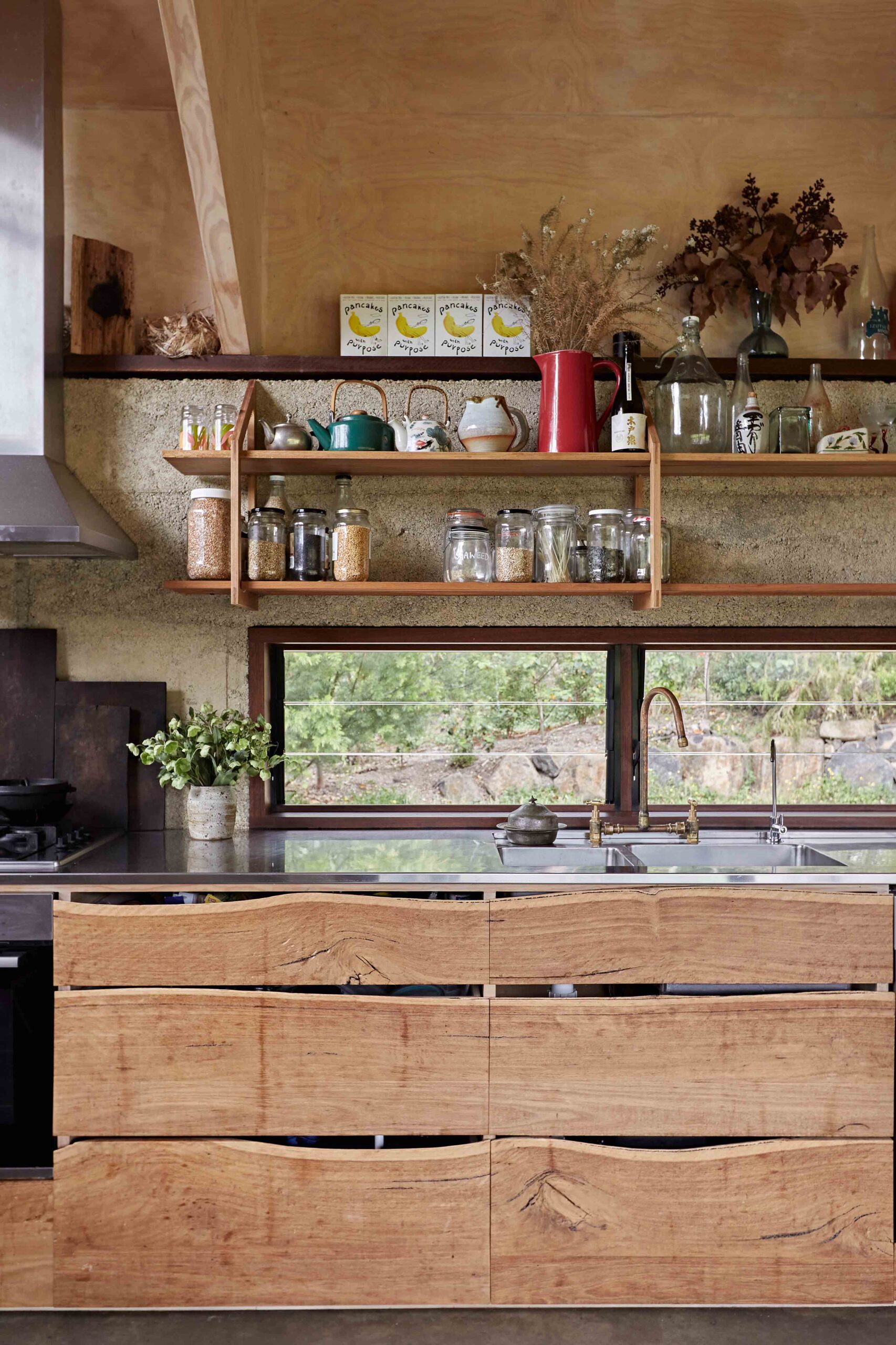
The couple rent the land on which their house is built from Zana’s parents. “It’s cosy having my parents, siblings and also some good friends of ours all living in different dwellings on the property,” she says.
“We visit one another, share meals and work on property projects on a fairly regular basis. It’s also been wonderful having everyone’s support while we raise our young daughter.”
The region’s subtropical climate influenced the design of the house: two pavilions stitched together by an outdoor dining room, with an external bathroom at one end. “I love the way we have to pass between indoors and out every time we move between spaces. It connects us to the rhythm of the seasons, changes in weather and the sounds of all the surrounding creatures.”
An added appeal is that the house is not precious.
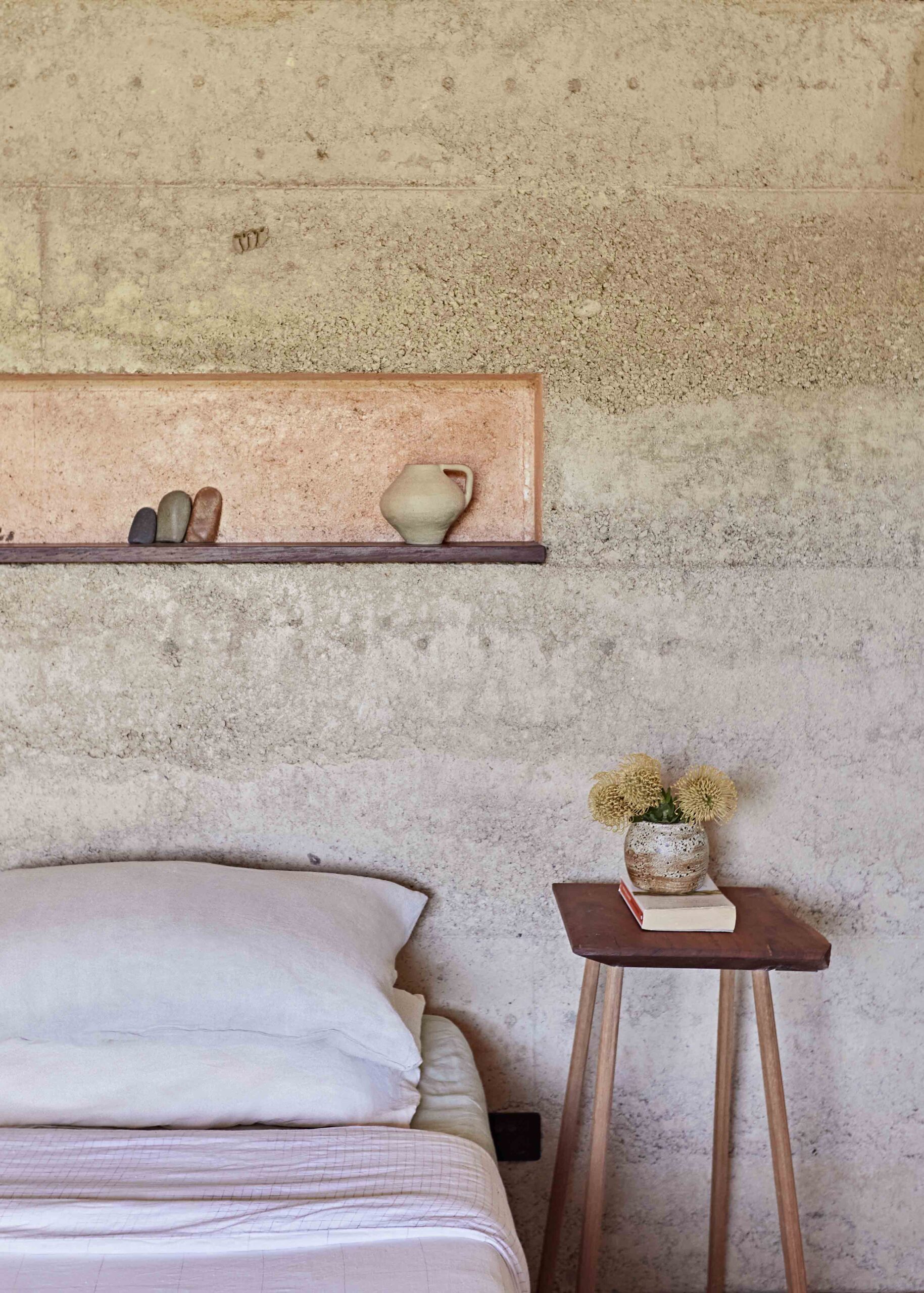
“The imperfections of its natural material palette allow the chaos of daily life to blend in,” Zana says. “It doesn’t show much dirt, because it is literally built from dirt itself, with rammed earth walls and an earthen floor.” The house is only sixty square metres in area, with just two key rooms, which means it needs to function well and connect to the great outdoors. One pavilion ‘room’ is the kitchen, dining and living area, while the other is the bedroom, with the bathroom on the exterior.
“I love waking up in the morning, facing east to the rising sun, and gazing at the beautiful dawn landscape through the big square window at the foot of our bed. I love having a veggie garden right next to the kitchen and pottering in there each morning, picking greens for our breakfast. I love how the passive solar design of our home, including its northern orientation, thermal mass materials, ideal eave depths and cross ventilation, means it feels cool in summer and warm in winter,” she says.
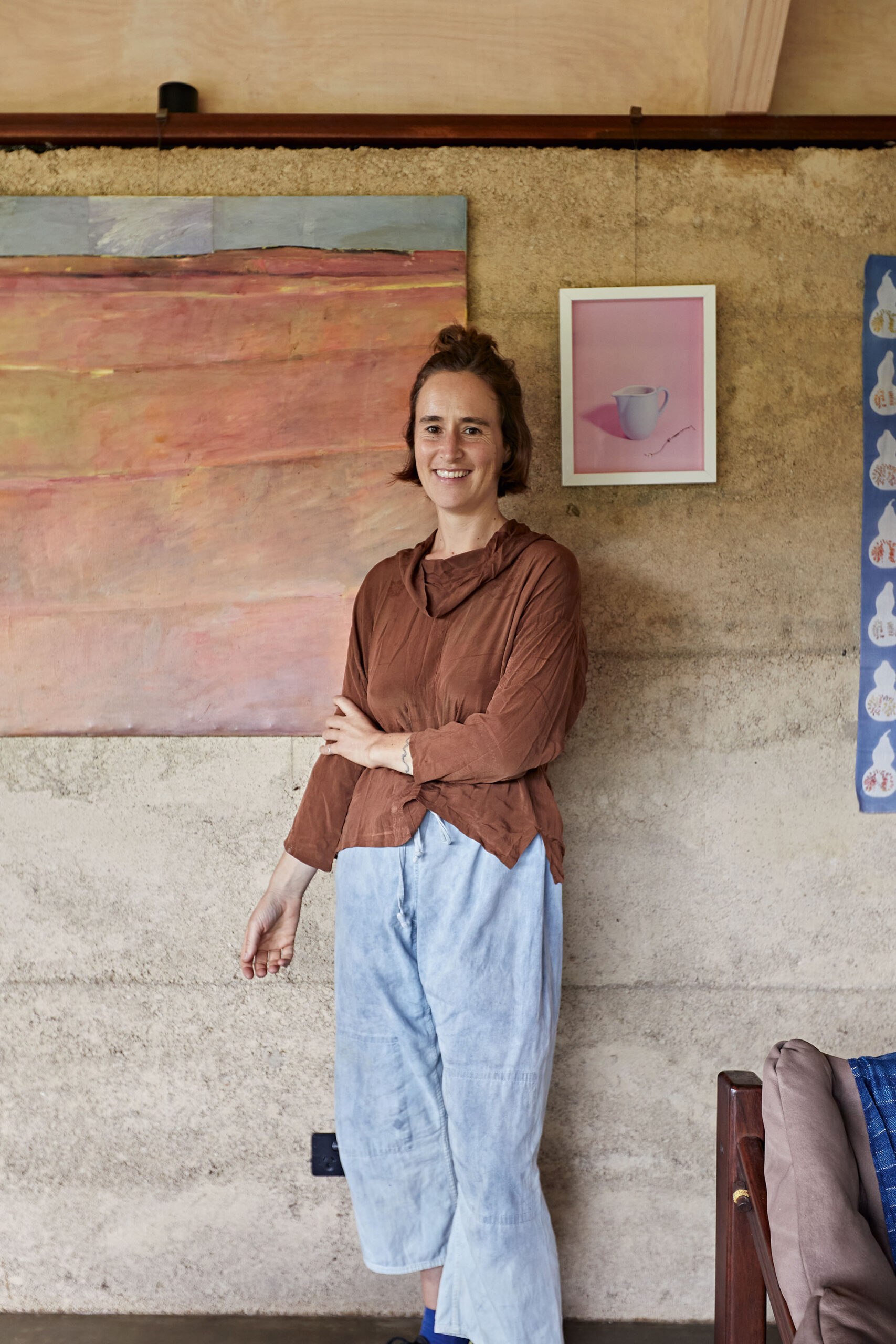
Zana’s life has slowed down and simplified since she moved back here from the city. “I now live around the cycle of the seasons and the direction of the wind and swell,” she says.
“I remember that feeling of ‘coming home’ when I realised I was able to get about in bare feet absolutely everywhere here without being stared at.”
Friends and community are important, too. “One special rhythm I have is meeting up weekly with a group of close women friends to do crafting together at a beautiful secret waterside nature spot, from after work until dark. We have been meeting every week for at least five years and it feels really special to have had these continuous relationships through all of our lives’ ups and downs.”
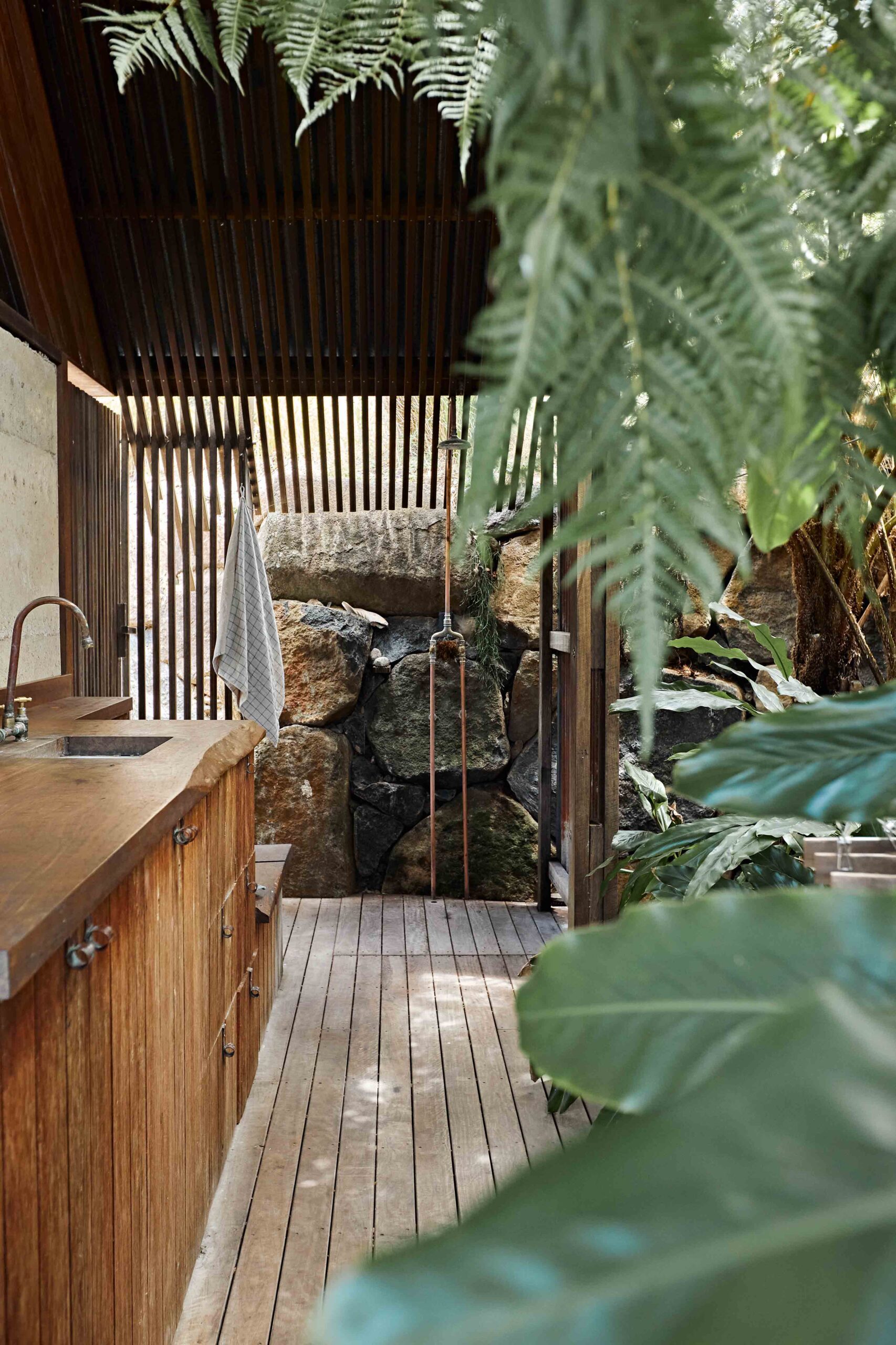
It is not lost on Zana that a feeling of long-term stability and security at home is a privilege. “I don’t take it for granted how lucky I am to be able to rent this home from my parents,” she says. But she is paying the goodwill forward too, creating a beautiful home that will one day allow her parents to downsize with ease.
This is an edited extract from Home by the Sea by Natalie Walton, Hardie Grant Publishing, $65.
